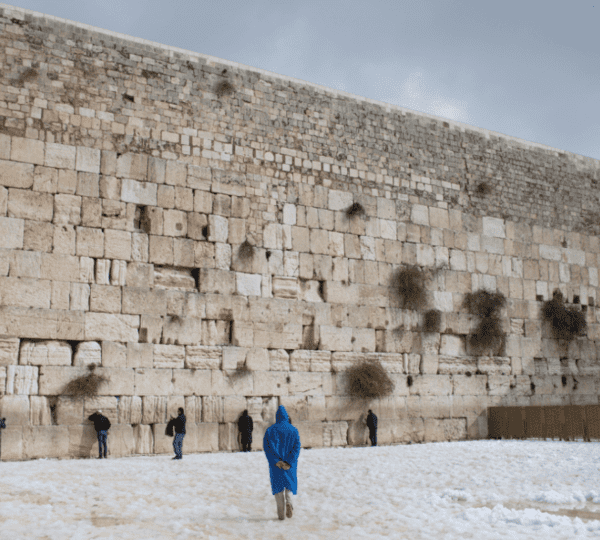
Visiting the Western Wall
Jerusalem, a city revered for its historical and spiritual significance, holds within its ancient stones a profound symbol of faith and resilience—the Western Wall. Also known as the Wailing Wall, this sacred site stands as an enduring testament to centuries of prayer, tradition, and cultural heritage.
A Remnant of History:
The Western Wall is a surviving section of the Second Temple, built by Herod the Great in the 1st century BCE. Its massive limestone blocks and the distinct character of the ancient structure draw pilgrims, historians, and curious travelers from around the world. The Wall’s proximity to the Temple Mount and the Holy of Holies adds to its sanctity, making it the holiest place for Jewish prayer. Every day, the Western Wall Plaza witnesses a diverse tapestry of people, each seeking a connection with the divine or reflecting on the historical weight of the site

There are a some things that you “must” do in any city. Kiss the Blarney Stone. Walk the Golden Gate Bridge. Get the view from the top of the Eiffel Tower. But few of those musts are as contemplative as visiting Jerusalem and placing a prayer in a crack of the Western Wall.
We arrived in the city late on a Friday afternoon, and had just enough time to stroll through the cacophony of the marketplace before heading over to the wall. Known as the most holy site in the Jewish faith, its significance lies in the fact that it is the last remnant of the original retaining wall which surrounded the Second Temple, which was built over 2,000 years ago. After the temple was destroyed in AD 70, the Jews were exiled from the city, and it became a place of pilgrimage where they would return to lament their loss (it was long known as the Wailing Wall for that reason). Now it is essentially an open-air synagogue, with divided sections for men and women to pray independently.





